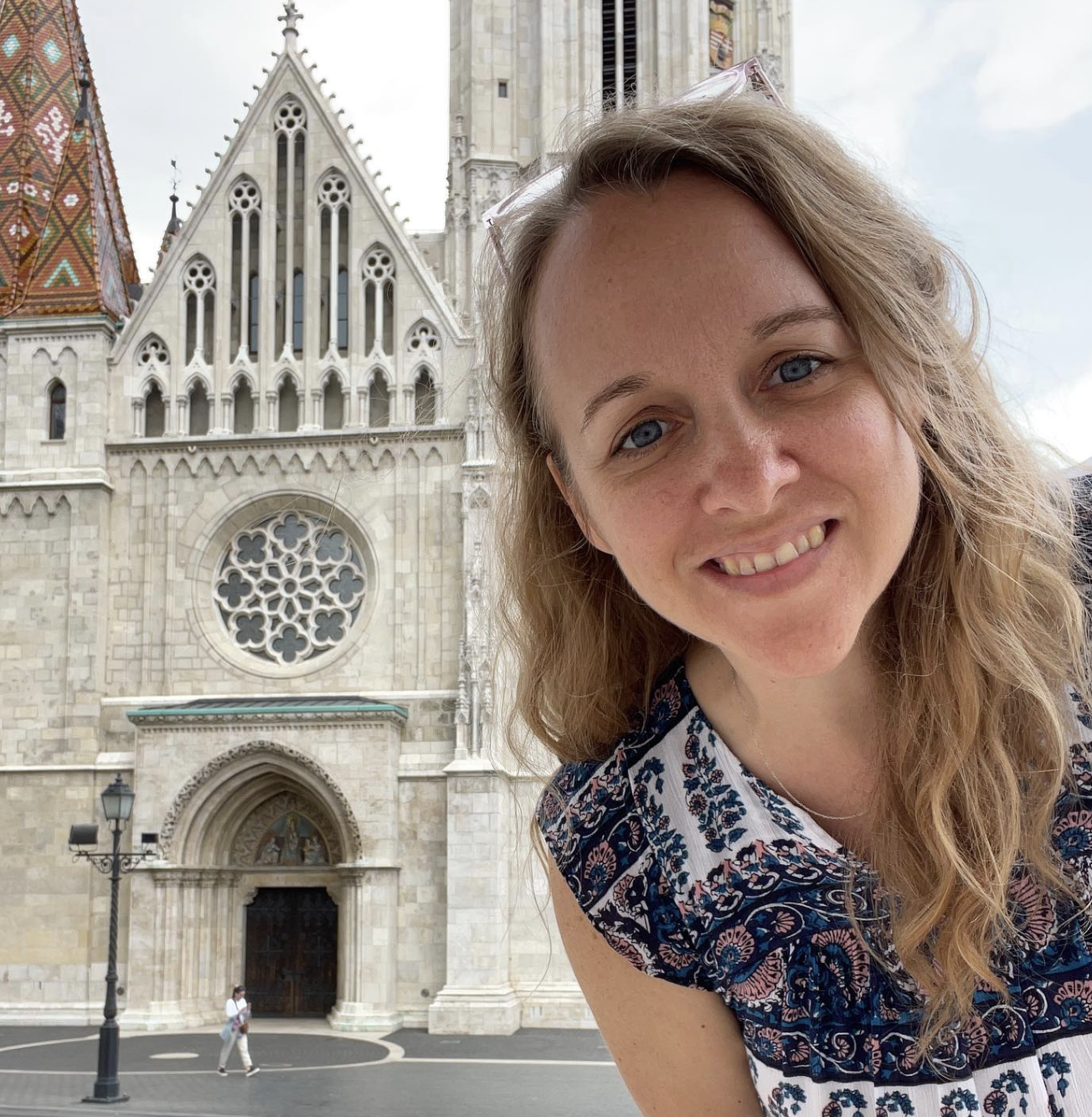Funding opportunity description
Announcement
2015 Cyber-Physical Systems Solicitation
2015 Cyber-Physical Systems Solicitation (15-541)
http://www.nsf.gov/pubs/2015/nsf15541/nsf15541.pdf
Directorate for Computer & Information Science & Engineering
Submitted by Anonymous on October 31st, 2014
Announcement
Call for Proposals for Workshops at FM2015 (20th Intl. Symposiumon Formal Methods); 22.-26. June, 2015, Oslo
The 20th International Symposium on Formal Methods (FM 2015)
Oslo, Norway, June 22-26, 2015.
For this major event, we are inviting people to submit proposals for workshops.
Submitted by Anonymous on September 30th, 2014
Announcement
NEW NSF CPS/SaTC INITIATIVE (SOLICITATION) - 2014
The National Science Foundation’s (NSF) Directorate for Computer and Information Science and Engineering (CISE) and Intel Labs recently announced a new partnership to support novel, transformative, multidisciplinary approaches that address the problem of securing current and emerging cyber-physical systems, the infrastructures they form, and those integrated with them.
 Submitted by Frankie King on June 7th, 2014
Submitted by Frankie King on June 7th, 2014
Cyber-Physical Systems (CPS)
Program Solicitation
NSF 14-542
Replaces Document(s):
NSF 13-502
National Science Foundation
Directorate for Computer & Information Science & Engineering
Submitted by Anonymous on March 6th, 2014
Announcement
NRC/CSTB Study on Cyber-Physical Education
Please contact Virginia Talati (see below) you have any suggestions of people to involve in this National Research Council's Computer Science and Telecommunication Board study. Self-recommendations are welcome.
 Submitted by Jonathan Sprinkle on August 20th, 2013
Submitted by Jonathan Sprinkle on August 20th, 2013
NIST AMTech Program Announces Grants for Industry-led Consortia to Explore Issues Hampering Advanced Manufacturing in U.S.
From NIST Tech Beat: July 24, 2013
Contact: Mark Bello
301-975-3776
Submitted by Anonymous on August 13th, 2013
Announcement
Final call for participation: USER 2013 workshop proposal submissions accepted until April 24!
ICSE 2013 Workshop: 2nd Workshop on User evaluations for Software Engineering Researchers
Date: Sunday May 26, 2013
San Francisco, CA, USA
Full Details: https://sites.google.com/site/user2013workshop/
Contact: user2013@easychair.org
FINAL PROPOSAL DEADLINE: April 24, 2013.
Submitted by Anonymous on April 19th, 2013
Announcement
ARPA-E Open Funding Opportunity in Energy R&D
To address the challenges imposed by the rapidly evolving global energy market, ARPA-E seeks to support transformational research in all areas of energy R&D, including resource identification, extraction, transportation and use, and energy ge
Submitted by Anonymous on March 16th, 2012
Announcement
High-Assurance Cyber Military Systems (HACMS)
Synopsis:
The goal of the High-Assurance Cyber Military Systems (HACMS) program is to create technology for the construction of high-assurance, cyber-physical systems, where high assurance is defined to mean functionally correct and satisfying appropriate safety and security properties. Achieving this goal requires a fundamentally different approach from what the software community has taken to date. HACMS will adopt a clean-slate, formal methods–based approach that enables semi-automated code synthesis from executable, formal specifications.
 Submitted by Katie Dey on February 28th, 2012
Submitted by Katie Dey on February 28th, 2012
Full Call for Proposal for the EU ICT Program in 2011 and 2012. Pages 124-126 provide overview of objectives with budget figures and deadlines. CPS related areas are in the following chapters: 1.3; 1.6; 2.1; 3.3; 3.4; 6.1; 6.8; 7.1; 7.4; 9.7; 9.10
Submitted by Anonymous on September 1st, 2010
Feedback
Feedback
If you experience a bug or would like to see an addition or change on the current page, feel free to leave us a message.